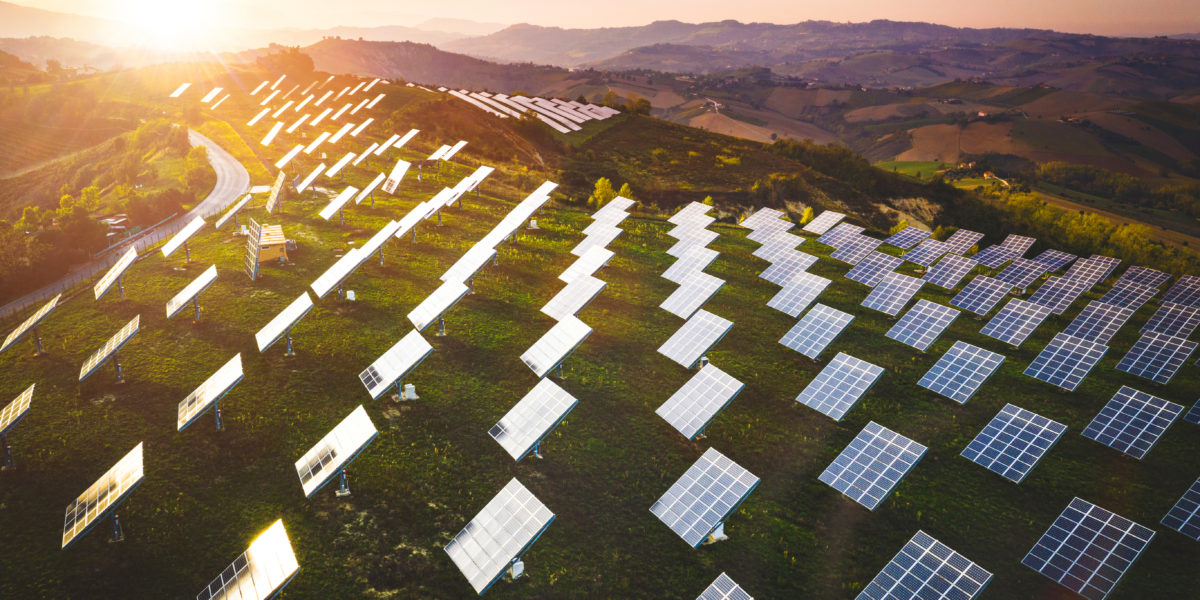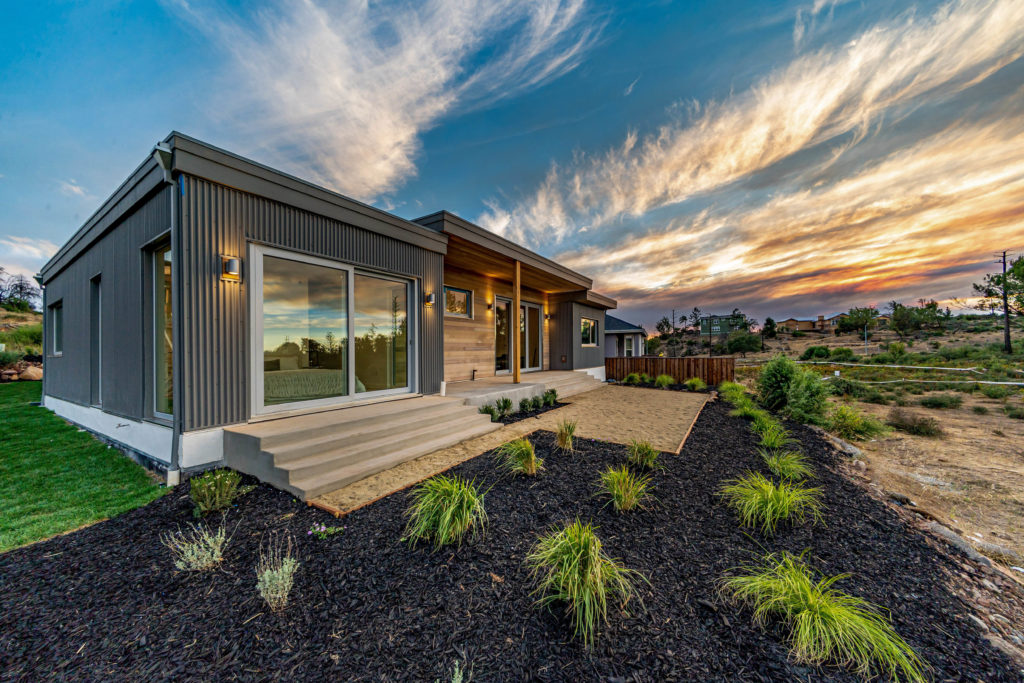
The Benefits of Going Solar
With a host of generous incentives, lower-cost installation, more efficient panels, and more affordable home battery storage options, it’s prime time to make the switch to solar.

Leo Patrizi/Getty Images
Solar panels are now efficient enough to generate power under cloud cover in Seattle. A 3,200-acre solar farm near Los Angeles produces enough energy to power 250,000 homes. The technology around solar electricity is improving at such a rapid pace that a swift nationwide transition to entirely renewable, clean energy seems within our collective grasp.
A 2019 PEW Research Center Survey found about 6 percent of U.S. homeowners have installed solar panels.
“There’s no reason why we can’t get that number up to 100 million,” says Lynn Jurich, the CEO and co-founder of San Francisco–based solar installation, finance, and leasing company Sun Run.
Sun Run utilizes the existing power grid to connect homes with solar panels, which are installed at no cost to the owner. Sun Run owns the panels, but they sell the power back to the house at a competitive rate. It’s one of dozens of solar providers coming up with ways to make renewable energy affordable for a wider percentage of the population. “When you look at the areas that got started earlier, like Hawaii and cities like Bakersfield, the number of solar homes is much higher. We can catch up,” Jurich says.
On average, building an all-electric house is more affordable, reducing the cost of new construction by $6,000, according to a Natural Resources Defense Council document and CalTech Entrepreneurs Forum research. And on the horizon? A vehicle-to-grid system, also known as V2G, where plug-in electric cars can communicate with the power grid and sell electricity back to the system when demand increases.
If you’re solar-curious and uncertain about next steps, there are several nonprofits and services designed to smooth out what has been (somewhat notoriously) a bumpy process. A good first move could be to enter your address at sunroof.withgoogle.com, a free service developed by a Google engineer that calculates your home’s solar energy potential, and what rebates are available in the nearby region.
Energy Sage is an online resource that’s designed to demystify the process and let homeowners compare prescreened solar providers in their area for the best deals and most reputable company. Another database of incentives for renewable energy and rebates, organized by state, is the NC Clean Energy Technology Center site.
Once a solar provider is chosen, the process is the same for everyone: There’s an engineering site visit to analyze sun exposure and choose placement; applications for permits are filed; equipment is ordered; panels are installed; and once it’s inspected, the connection is made.
A whole-house battery for solar energy storage is still out of the price range of most homeowners, costing $10,000 to $20,000. One study by the research organization BloombergNEF predicts that the price of a lithium ion battery will drop by half in the next 10 years. In the meantime, energy innovators are enthusiastic about the climate impact of all of this clean energy, and the financial gains and jobs that can be generated as well.
“Let’s go faster together,” says Jurich. “There’s money to be made.”

Courtesy of Dvele
